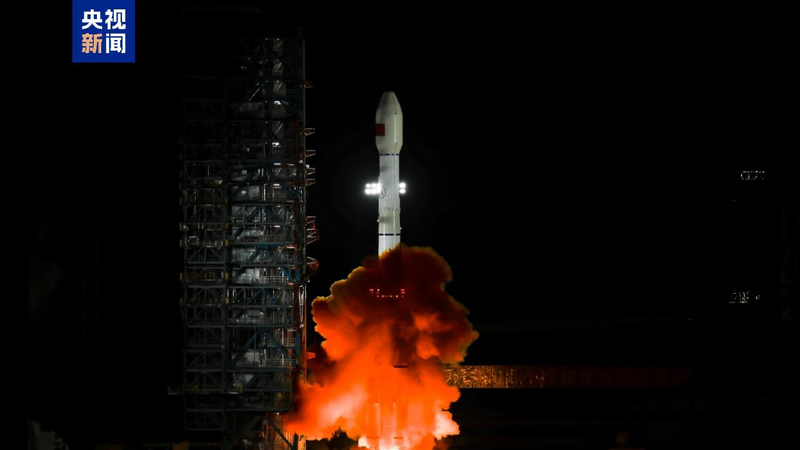On Sunday, engineers at the Xichang Satellite Launch Center in Sichuan Province on the Chinese mainland cheered as the Long March-3B carrier rocket propelled Tianlian II-05 into its geosynchronous orbit. This second-generation data-relay satellite marks a significant upgrade in China's space communications network.
Named Tianlian II-05, the satellite will serve as a digital bridge between ground teams and a host of spacecraft, including manned missions, space stations, and medium- and low-Earth-orbit resource satellites. By handling telemetry, tracking and command (TT&C) functions, it ensures real-time data flow essential for navigation, safety and mission planning.
This launch is the 572nd flight of the Long March series, highlighting China's growing cadence in space launches. With Tianlian II-05 on station, the nation's space program strengthens its backbone for future exploration, earth observation and global satellite services.
Beyond technical specs and numbers, this mission underscores a global trend: nations investing in orbiting infrastructure to support sustainable development, climate monitoring and scientific collaboration. As space becomes more crowded and competitive, reliable data-relay networks are key to unlocking new opportunities—from weather forecasting to emergency response on Earth and beyond.
Reference(s):
cgtn.com


